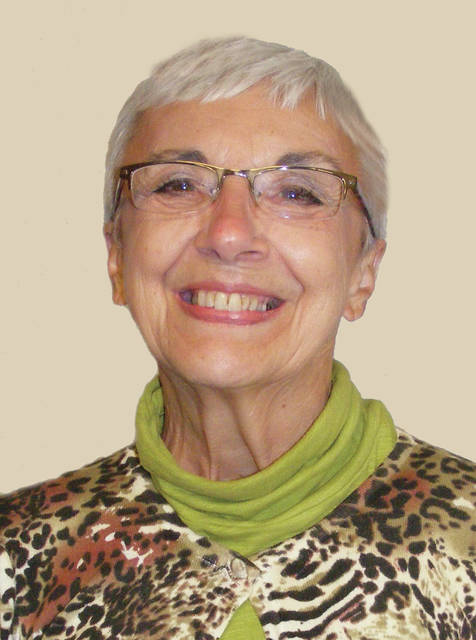
The city of Chicago has a long history with Claude Monet, stretching back to the time when the Art Institute of Chicago in 1895 hosted the first-ever solo exhibition of Monet’s work outside of a gallery, and became the first American museum to purchase one of his paintings. Chicago art patrons, drawn to the radical new style employed by Monet and other Impressionists, purchased a vast array of the then controversial art, much of which was later bequeathed to the Art Institute, resulting in the museum possessing more of the now popular artist’s work than any other United States institution.
I have great affection for the works of Monet, somehow feeling a deep connection to the sun-dappled scenes he so meticulously created while attempting to capture light. So when I learned that the Art Institute of Chicago was re-opening after being closed due to the pandemic and that the “Monet and Chicago” exhibit that I so regretted not being able to see because of COVID-related concerns would remain in place until June, we immediately planned a Valentine’s Day-weekend trip to the Second City. And, even though traveling home through the snowstorm of last Monday was stressful and time-consuming, I am happy that we partook of the beauty created by that cranky, meticulous Frenchman which warms my soul in spite of winter’s bleak and frigid weather.
Words cannot describe the amazing magnificence of what we experienced; however, what follows is my attempt to share some impressions of this Impressionistic tour de force. One of the earliest works to catch my eye was “The Seine at Bougival,” painted during the winter of 1869; Monet was fascinated with winter landscapes and this early example is among the first to use the broken brush stroke technique that became a stylistic hallmark of his painting. In this work, the Seine glimmers with ice, the river bank glistens with snow; yet somehow rather than generating the cold bleakness of winter, the painting feels charmingly inviting and warm.
“Apple Trees in Blossom,” is the first piece ever purchased by a Chicago institution, acquired for $500 in 1895. I defy anyone to gaze at those blossoms and not feel a breath of spring in the air, as is also true of “Vetheuil, Blossoming Plum Trees,” in which quick glittering touches of color spray across the canvas in dizzying profusion. Two colorful 1878 paintings of fruit-bearing apple trees also captured my attention, one because of the noted detail that when it was offered to the French state as a bequest, the offer was rejected as unworthy of merit, the other because it was the first to offer the illusion of seized light for which Monet strived throughout his career.
Monet’s famous “Stacks of Wheat,” in which the artist explored the ephemeral atmospheric conditions that transform the landscape in different seasons and at varying times of day, never fail to impress me; seven of the twenty-five canvases that make up this iconic series are on display in this exhibit. Delineated by season and/or time of day —”End of Summer,” “Thaw, Sunset,” “Snow Effect, Overcast Day,” “Sunset, Snow Effect,” “End of Day, Autumn”— these multi-colored massive mounds of grain capturing differing degrees of light somehow evoke a feeling of calm and peace.
And then, we have my favorites, the ubiquitous paintings featuring Monet’s beloved water garden at his estate in Giverny, the “Water Lilies” series painted from 1900 until his death in 1926 at age 86. You’ve undoubtedly seen at least one of these jewel-toned ethereal works, and possibly share my feelings that when you gaze at these paintings, you cannot help but somehow inexplicably feel that all is well despite the true state of affairs in your life and the surrounding world.
Interaction with great art can heal souls, calm minds, inspire peace and joy. This inexplicable truth provides solace and hope while we wait for the return of normalcy in our lives.





